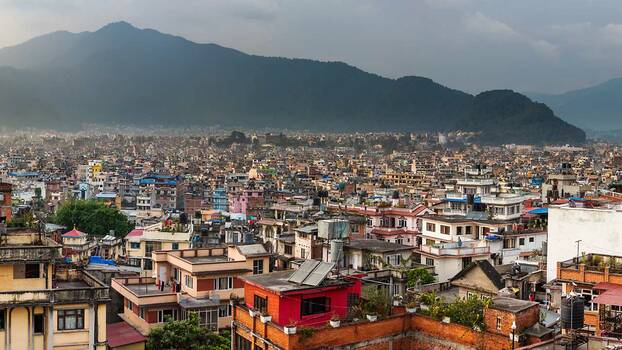
For more than a decade, left parties in Nepal have played an important role in politics. Moreover, there has always been a left majority. But the parties have often been bitter political adversaries and in conflict with each other. Now the two biggest competitors – the Marxist-Leninists and Maoists – have overcome their differences and united into a single party. Critics, however, complain that the unification process was badly prepared and happened without involving supporters and party cadres.
October 3, 2017 has become a historic day in the Nepalese communist movement: For the first time in Nepal’s political history, three political parties, namely the Communist Party of Nepal (Unified Marxist Leninist), the Communist Party of Nepal (Maoist Centre) and the Naya Shakti Party announced an electoral alliance for the then upcoming election for the Federal House of Representatives and the State Assembly. A plan of intent and unification was conceived and circulated. However, less than two weeks after the announcement, Naya Shakti withdrew. Despite this, the Marxist Leninists and the Maoists decided to continue to work together and won a landslide victory in both federal and state elections. After this success, on May 17, 2018, the two parties formally declared their unification into a new party: the Nepal Communist Party (NCP).